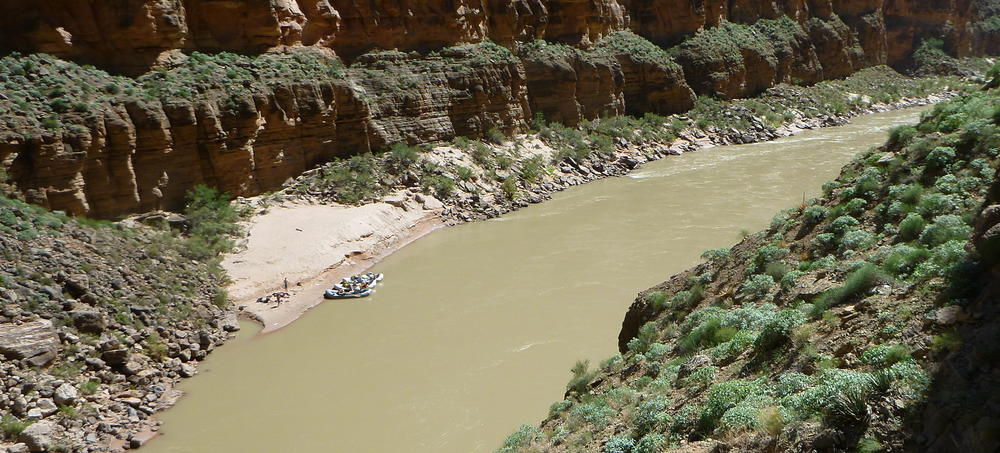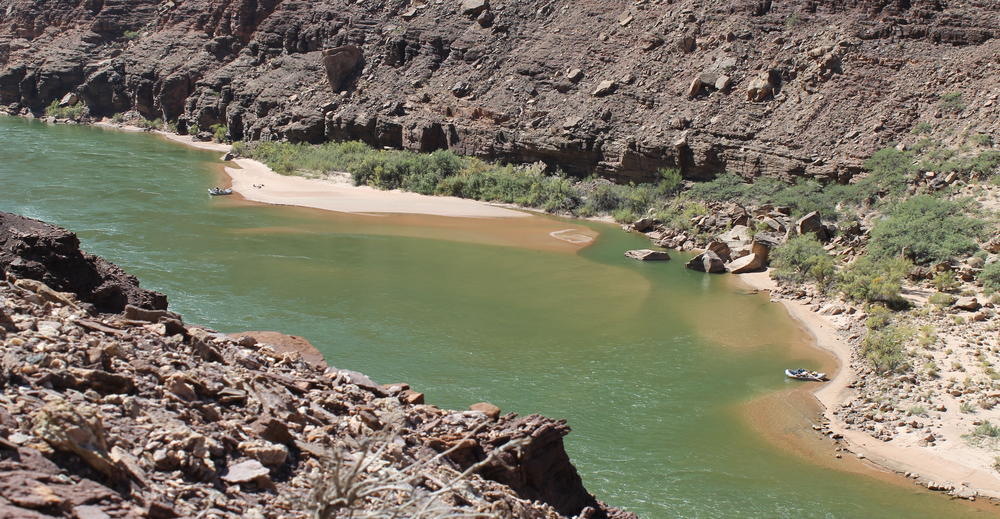Since the completion of Glen Canyon Dam in 1963, the amount of sand supplied to Grand Canyon National Park has been reduced by more than 90 percent. The Paria River, a tributary to the Colorado River 15 miles downstream from the dam, is now the single most important supplier of sand to the Colorado River within the Park. This large reduction in sand supply has resulted in substantial decrease in the number and size of sandbars. Sandbars are important because they serve as campsites for river runner and hikers, provide important aquatic and riparian habitats, and are the source of sand that may help protect archaeological sites. The information collected by this project will be used to determine whether dam operations, including short-duration artificial floods, cause increases or decreases in sandbars and associated campsites in Grand Canyon National Park.


Currently, topographic maps are made at a set of monitoring sites annually using conventional survey equipment. These surveys are used to calculate the size of each sandbar in terms of the area of exposed sand and the volume of sand contained in the bar. Both of these calculations are relative to an elevation of interest.
The data presented in this website are collected and processed using standard USGS protocols and other established peer-reviewed methods, and subject to rigorous quality control. Nevertheless, minor edits of these data are possible.
The data are released on the condition that neither the USGS nor the U.S. Government may be held liable for any damages resulting from its authorized or unauthorized use.